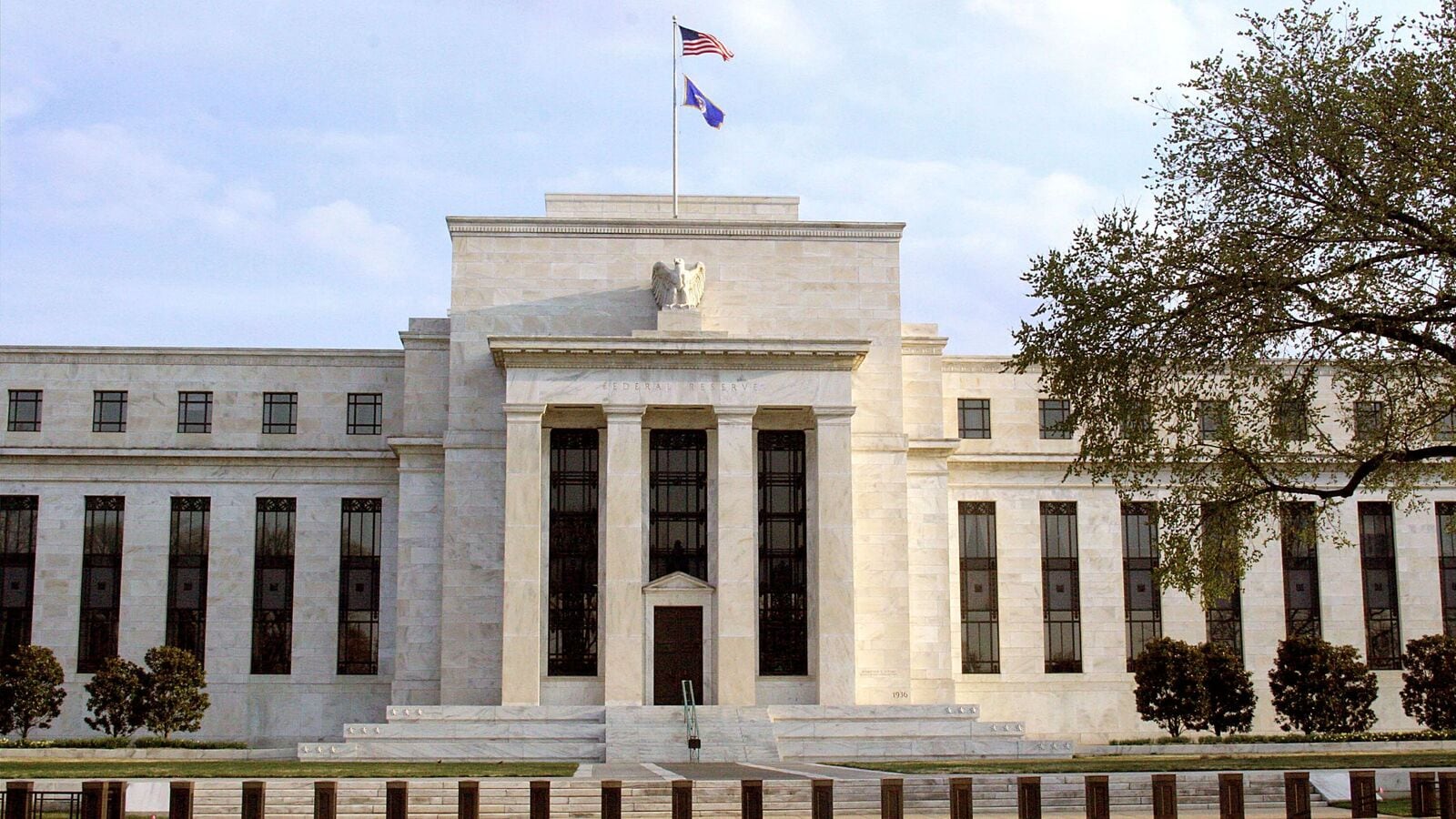The Federal Reserve announced a significant change on Wednesday, revealing plans to reduce the pace of its balance sheet reduction next month. This decision comes amid a stalemate regarding the government’s borrowing limits, and it appears this adjustment will persist throughout the ongoing process. During the recent Federal Open Market Committee (FOMC) meeting, the Fed opted to keep its interest rate target steady, reflecting the considerable uncertainty surrounding the economic outlook, which has been influenced by the tumultuous policy changes from the previous administration.
A Shift in Balance Sheet Management
The Fed’s latest announcement suggests a strategic pivot in its approach to quantitative tightening (QT). Starting April 1, the monthly cap for maturing Treasuries that won’t be replaced will drop to $5 billion, a notable decrease from the previous $25 billion cap. The limit for mortgage-backed securities will remain unchanged at $35 billion. This decision hints that the Fed is cautiously navigating a complex economic landscape, with insights from the January FOMC meeting pointing toward this anticipated shift.
- New Monthly Cap for Treasuries: Reduced from $25 billion to $5 billion
- Mortgage-Backed Securities Cap: Remains steady at $35 billion
Mixed Reactions from Fed Officials
Despite the general agreement among Fed officials regarding this adjustment, Fed Governor Christopher Waller expressed dissent concerning the drawdown strategy. In a press conference following the meeting, Fed Chair Jerome Powell emphasized that this slower pace of QT is designed to facilitate a smoother conclusion to the overall process. He noted that a consensus had formed among officials, suggesting that this change might extend the timeframe for QT before any potential halting is necessary.
Market analysts reacted to the news with a mix of optimism and caution. James Knightley, Chief International Economist at ING, described the slowdown in QT as significant. He questioned why the Fed did not opt for a complete halt, suggesting it might be a strategic move to avoid alarming the market with a sudden stop in Treasury QT.
The Context of Quantitative Tightening
Quantitative tightening has been a focal point for the Fed since 2022, aiming to unwind the liquidity surge that followed the COVID-19 pandemic. The central bank had aggressively purchased Treasury and mortgage bonds, expanding its balance sheet to a staggering $9 trillion. To date, QT has allowed the Fed to reduce its balance sheet by over $2 trillion, yet officials believe that ample liquidity remains in the financial system, indicating that QT still has a considerable journey ahead.
In summary, the Federal Reserve’s decision to ease the pace of its balance sheet reduction reflects a cautious approach amidst ongoing uncertainties. As the economic landscape continues to evolve, this strategic shift may play a crucial role in stabilizing the financial system while addressing the lingering impacts of previous monetary policies.











